How to combines dataframe more easily?
I have three dataframes (table_base / table_a / table_b). I want to combine them by row to obtain the result as 'table_final'. Below is the code I have, it works, but it is a little bit complicated. How can I simplify it ? Actually, I will have more tables to join than just table_a and table_b.
library(dplyr)
table_base <- data.frame(cat=c("a","b","c","d"))
table_a <- data.frame(cat=c("a","b"),
value=c(1,2))
table_b <- data.frame(cat=c("a","c","d"),
value=c(7,9,10))
table_final <- table_base %>%
left_join(table_a,by='cat',fill=0) %>%
left_join(table_b,by='cat') %>%
mutate(value=if_else(!is.na(value.x),value.x,value.y)) %>%
select(cat,value)
